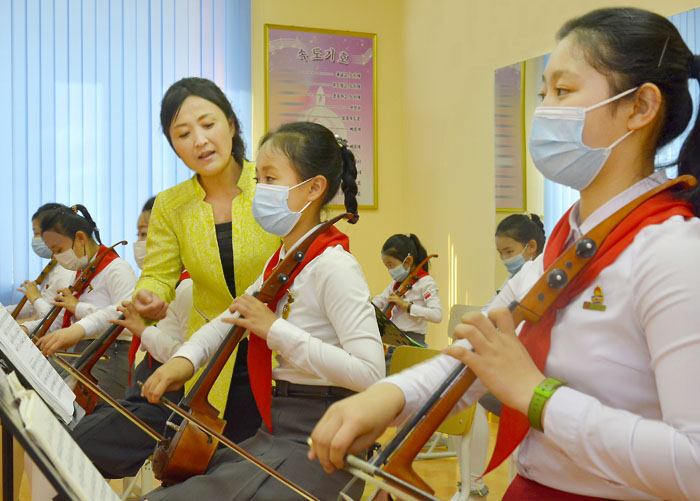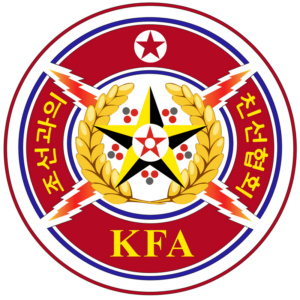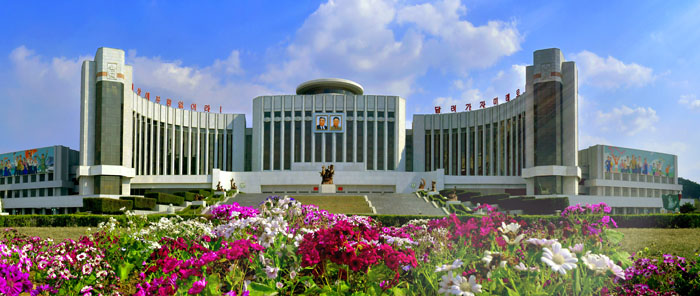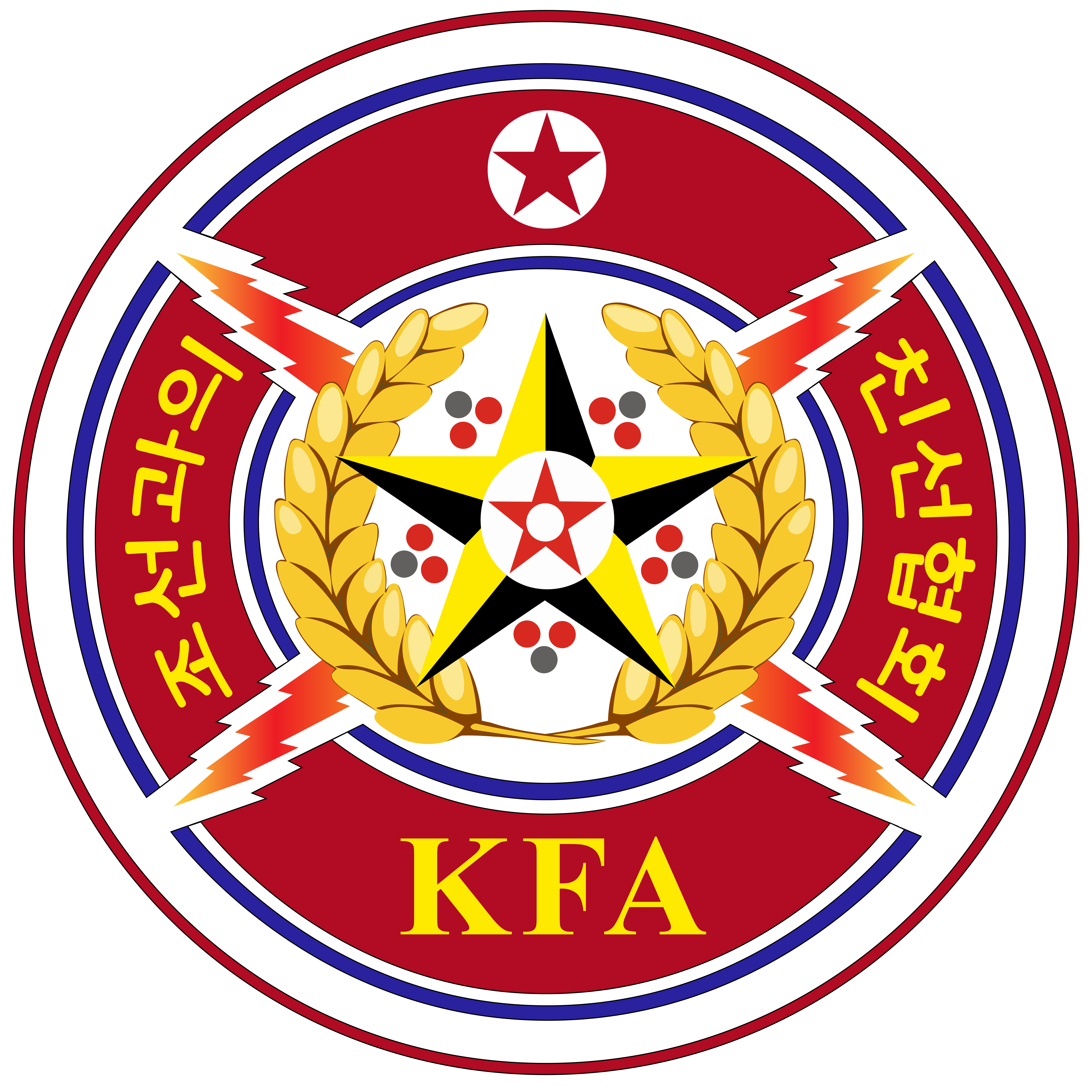News
Cradle of Happiness, Palace of Learning
The Mangyongdae Schoolchildren’s Palace in Mangyongdae District in the capital city of Pyongyang is a comprehensive base for extracurricular education of schoolchildren.
“Embrace”
The palace is a curved building which looks like a person extending open arms to embrace something. At the time of its construction a nationwide prize contest for its layouts was held, and the one on the theme of “Embrace” was chosen.
According to an official of the palace, the layout depicts children growing up with nothing to envy in the world under the care of the Workers’ Party of Korea, and it was designed by PhD. Ham Ui Yon, People’s Scientist and Professor.
The palace was built in May Juche 78 (1989) and renovated in October Juche 104 (2015).
Masters of future
Covering an area of over 214 000 square metres, the palace has a total floor space of over 105 000 square metres.
With a daily accommodation capacity of 5 000 schoolchildren, it has over one hundred rooms for hobby group and other activities and rehearsal grounds.
Its eight-storeyed main building has rooms for hobby groups, including science (mathematics, physics, computer and model glider), arts (Korean dance, kayagum, accordion, vocal music, embroidery and calligraphy) and sports (Taekwon-Do, judo, volleyball, basketball, swimming and paduk). Its four-storeyed building for general art rehearsal has rooms of artistic groups and rehearsal rooms.

Every day schoolchildren of primary schools and junior and senior middle schools in the city come to the palace for extracurricular activities according to their hopes and aptitudes, and their number totals several millions up to now.
They further consolidate the knowledge they learned at their schools and acquire at least one technical skill through experiments and practical trainings, manufacturing and rehearsals.
All of them study hard with an ambition to become competent scientists, artistes and sportspersons.
If I were born again
Diversified activities are conducted at the palace in addition to the extracurricular activities.
Schoolchildren frequent a 1 400-seat auditorium, a multi-functional gymnasium, a swimming pool, a library capable of housing 60 000 books, an e-library, an electronic game hall, a 4D simulation cinema, an astronomical knowledge diffusion room, an exhibition hall of gift animal specimens, and so on.
There they broaden the horizon of their knowledge and prepare themselves into practical talents while giving New Year performance and other art performances, playing various sports games, reading books and watching films.
Outside the palace are a driving training ground, a study site, a playground, a park, a dormitory with an accommodation capacity of over 1 000, and a building of full-service amenities, all of which serve as important learning and living spaces for schoolchildren.
The palace has so far produced many talented artistes, including Kim Yong Song and Im Myong Jin who won special prize and gold trophy in an international accordion contest, and others, and scores of sports aces including People’s Athlete Ri Se Gwang, a triple world champion and Labour Hero of the Democratic People’s Republic of Korea.
Heads of state, party leaders, foreigners and overseas Koreans, after looking round the palace during their visit to the DPRK, said:
If I were born again, I would like to be born in Korea and learn at the Mangyongdae Schoolchildren’s Palace.


